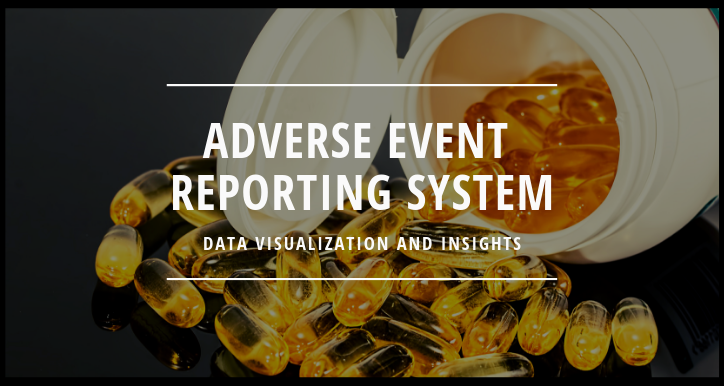Drug Discovery and Clinical Trials are the two majorly trending phrases in the pharmaceutical industry. Every new drug targets a disease. But these life-saving drugs also holds the tendencies to affect other senses of our body. These are called as side-effects or adverse events of a drug. Pharmaceuticals are spending millions to track adverse events and overcome them. Food and Drug Association powered FDA Adverse Event Reporting System (FAERS) helps them in it.
What is Adverse Event Reporting System?
Adverse event reporting system database (AERS) is a computerized information database by the Food and Drug Association (FDA). It
Pharmaceuticals manufacture drugs with intensive research and resources to cure the human body of illness. However, every drug, right from homely aspirin comes with some adverse effects. It is the other side of the coin that flips when you do any of the following
- Start a new medication.
- Increase or decrease the drug dosage.
- Suddenly stop using a drug.
Keeping track of these adverse events helps the drug manufacturers to avoid increasing casualties in the future.
Analysing FDA Data
Drug makers and FDA across the globe are taking the help of big data analytics to revolutionize their R&D. Recording and analysis of a wide range of adverse events
But, Just Imagine!! millions of Patients doing
Gramener‘s Interactive data visualization provides a compelling overview of FDA adverse events reporting system (FAERS). Plus, it brings out many insights to take necessary actions.
5 years of FAERS Database Visualized (2013-2018)
FDA releases its adverse event data publicly every quarter. We visualized the same from 2013-2018. We used the Treemap visualization technique to visualize the adverse events that occurred in the timeline. Here is interactive visualization. Feel free to play with it changing parameters and draw insights. We are listing a few insights below.
The Adverse event reporting system data visualization shows two dimensions. Size & Colour. Size is the total reports of adverse events. It could be Deaths, Life-threatening injuries, Hospitalization, Disability, and many more. Whereas, colour shows the percentage of severe reports amongst the total adverse events.
We mapped the FDA data against names of the drug manufacturers along with occupation and age of the reporters.
Insights From FAERS Data Viz
1. Job functions reporting maximum complaints
Firstly, we analyzed the adverse event data and mapped it against the occupation of reporters. We found that Lawyers reported the highest percentage of adverse events in 2018. The pattern was the same for 2017 and 2016 as well.
2. Pharmaceuticals with maximum serious events reported
Furthermore, we mapped the adverse events reported against the drug manufacturers. Surprisingly, out of 400+ manufacturers, only Baxter and Biogen had a consecutive increase in the %age of severe adverse events.
- Baxter’s % serious events has increased in the last three years, every year
- Same for Bioge
3. Pharmaceuticals with consistent maximum serious events
It’s Regeneron pharmaceuticals that have more than 85% of serious events every year. It was 85% in 2013, 90% in 2014, 85% in 2015, 88% in 2016, 90% in 2017, and 98% in 2018.
However, another drug manufacturer, Merck Sharp, is on 2nd position for maximum serious events every year. In the last two years, it is more than 85%.
Yet another exciting insight popped up when we sorted the 2017 FAERS database. This was according to the age group of the reporters. Surprisingly, people between the age of 30-35, has the highest percentage (70.5%) of serious events. Whereas, the age group of 75-80 has shown a slightly less rate of serious incidents (62.2%).
These insights are a mirror to pharmaceuticals who must ensure the effectiveness and safety of a drug before using several ways of marketing it.
You can draw more insights from the adverse event reporting system data visualization here. So, how did you like the data visualization? Let us know in the comments below. If you have any other insights, do share with us.
